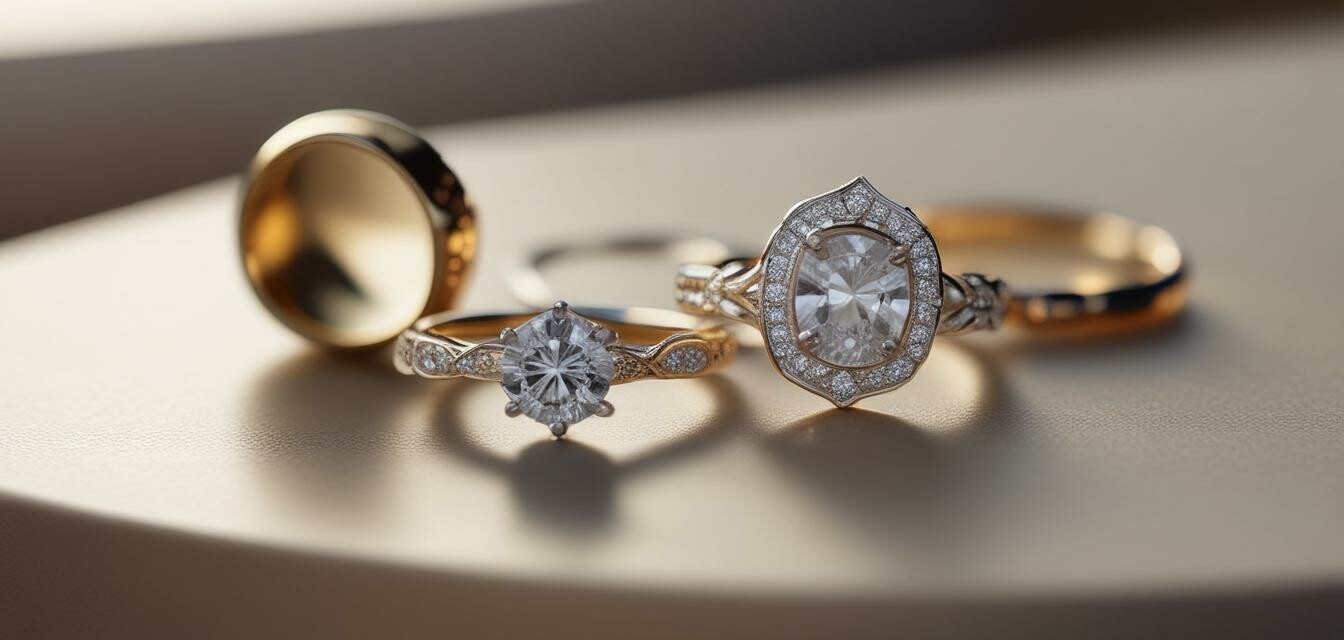
Investing in Jewelry: A Beginner's Guide
- Understand the basics of jewelry investment.
- Focus on high-value categories like engagement rings and luxury watches.
- Learn about certification and quality indicators.
- Prioritize care and maintenance to retain value.
- Consult with experts for informed decision-making.
Investing in jewelry can be a wise choice for many, especially as certain pieces grow in value over time. This guide aims to equip beginners with essential knowledge about investing in diamonds and luxury watches, two of the most popular and profitable categories in the jewelry market. Let’s dive into the art of jewelry investment!
Why Invest in Jewelry?
Jewelry offers more than just beauty; it can be a lucrative asset. Here are several reasons why one might consider investing in jewelry:
- Intrinsic Value: Jewelry, especially diamonds and precious metals, often appreciates over time.
- Cultural Significance: Certain pieces may hold cultural or sentimental value, increasing their worth.
- Durability: Fine jewelry can last generations if properly cared for.
- Market Demand: Unique or limited-edition pieces typically see a rise in demand.
Key Categories for Jewelry Investment
The two primary categories that stand out for beginners are engagement rings and luxury watches. Here’s a quick overview of why these pieces are ideal for investment:
| Category | Characteristics | Investment Potential |
|---|---|---|
| Engagement Rings | Usually feature high-quality diamonds, often with certification. | High value retention if well-maintained and unique. |
| Luxury Watches | Craftsmanship from renowned brands, combined with rarity. | Tangible assets with increasing market value, especially vintage models. |
Understanding Diamond Quality
When it comes to investing in engagement rings, understanding the 4 Cs of diamonds is crucial:
- Carat: Weight of the diamond, which usually correlates with its value.
- Cut: Refers to how well the diamond is cut; affects sparkle and brilliance.
- Color: Diamonds range from colorless to various shades; the less color, the higher the value.
- Clarity: Refers to the presence of inclusions or blemishes; cleaner diamonds are more valuable.
Maintenance Tips for Jewelry
To ensure your investment retains its value, proper care is essential. Here are some tips:
- Regularly clean your jewelry using gentle solutions.
- Store pieces separately to prevent scratching and tangling.
- Take your jewelry to a professional for maintenance checks.
- Ensure that any gemstones are secure and inspected periodically.
Consulting with Experts
When venturing into jewelry investment, always consider seeking advice from jewelry experts. Their knowledge can be invaluable in understanding market trends, evaluating pieces, and ensuring you make the best investment decisions.
Where to Buy Jewelry for Investment
Investing in jewelry can be competitive; here are some reputable places to consider:
- Established jewelers with a track record of quality.
- Auctions where rare pieces are often available.
- Online marketplaces that specialize in verified fine jewelry.
Pros
- Potential for appreciation in value over time.
- Beautiful and personal investments that can be worn.
- Versatility in portfolio diversification.
Cons
- Requires knowledge to avoid overpaying.
- Market values can fluctuate.
- May require proper maintenance and storage.
Conclusion
Investing in jewelry offers both aesthetic and financial benefits. Engagement rings and luxury watches are significant assets that can appreciate in value. By understanding the fundamentals and seeking expert advice, beginners can make informed choices that enhance their jewelry experience and investment portfolio. Always remember that the allure of jewelry goes hand-in-hand with its potential for value growth!
For more insights on maintaining your jewelry and learning about current market trends, visit our News and Trends section.